Strong bones and supple joints are essential for long-term mobility. You have 206 different bones that create structure, protect organs and store essential nutrients. Do you know how to build your bones?
Strengthen your skeleton and restock your bone’s mineral stores with Dr. Sebi’s Bromide. Soothe swollen or inflamed joints by applying Dr. Sebi’s Eva Salve to ease discomfort.
“There is nothing in the world that strengthens the bones like Sea Moss.” - Dr. Sebi.
What are Bones?
Bones are living cells that are actively growing and repairing, right now! Babies are born with 300 bones, but by the time we reach adulthood we only have 206. Infant bones are soft and some fuse together before getting harder with age.
Bones are made from three types of tissue:
- Compact: 80% of your skeleton is compact bone. This is the densest type of bone and forms an outer protective layer of hard minerals.
- Spongy: 20% of your skeleton is spongy bone. The ‘holes’ make it look like a sponge under a microscope. Often near joints, spongy bone has blood vessels to carry nutrients in and out the bones.
- Marrow: Inside bone is the marrow. This soft tissue makes red blood cells (red marrow) and stores fat (yellow marrow).
Minerals give bone its strength (especially calcium, phosphorus, and magnesium.) Mineral malnutrition will weaken bones, making them prone to breaks or fractures. Acidic diets rob minerals from your bones!
What are Joints?
Joints are the connecting points between different bones that allow us to move around, for example, to rotate an arm at the shoulder or a foot at the ankle.
Joints are covered in different types of connective tissue, depending on where they’re found:
- Ligaments - connect bones to each other and are made from strong elastic tissue (ankles, knees, shoulders and elbows).
- Tendons - made from fibrous tissue that connects muscles to bone.
- Cartilage - the primary type of connective tissue. Flexible, rubbery tissue that covers and cushions bone joints, and is prone to damage from inflammation.
Building Strength
How to keep your bones and joints healthy into old age:
1. Alkaline Diet
Bone density is determined by minerals. Alkaline foods, in the Nutritional Guide, provide minerals in a format your body can absorb. Acidic foods reduce bone density by ‘borrowing’ minerals to neutralize acid. Drinking (acidic) cow’s milk does NOT build strong bones.
2. Extra Minerals
These foods provide essential calcium, iron, magnesium, manganese, and bone hardening nutrients:
- Greens: Arugula, lettuce (except iceberg), purslane, turnip greens
- Fruit: Figs, key limes, Seville oranges, plums, prunes
- Nuts: Walnuts
3. Eat Enough
If your body is starving it doesn’t have the resources to build and maintain healthy bone mass (as well as performing other rejuvenation functions). Remember that Dr. Sebi taught us to eat right, not less!
4. Healthy Weight
Excess weight places extra strain on joints and internal organs which can create issues with posture. Every one pound of excess weight puts four pounds of stress on joints that carry weight (like knee and ankle joints.) Reduce the strain by maintaining a healthy weight.
5. Proper Posture
Our joints work together as a dynamic system that allows us to move. If just one joint is not functioning properly, it can throw posture off-balance. Proper posture reduces the risk of damage or injury to your joints. Our ancestors bent, squatted, knelt, and got down much more than we do. Try walking with objects balanced on your head to practice moving with an upright spine.
6. Gentle Exercise
Walking, stretching, and yoga keep joints strong and flexible. Qigong and Tai Chi are effective practices for strengthening and vitalizing connective tissue and joints, as well as realigning the skeleton with gentle, non-invasive movements.
7. Stay Hydrated
Joints and spongy bones need nutrition. Fluids flow in and out, bringing in minerals and fuel and taking away the waste. Long-term dehydration slows this flow and nutrients stop moving. Keep hydrated to stay supple!
Be Good to your Bones
Replenish nutritional stores and provide the alkaline minerals that build bones and keep your blood balanced with Dr. Sebi’s Bromide Plus - providing the missing minerals your bones need to stay strong.
Soothe swollen joints, calm inflammation, and nourish skin from the outside with Dr. Sebi’s Eva Salve.
Bones are your support system - support them with alkaline minerals, proper posture, and gentle exercise. Joints are essential for mobility and physical freedom - keep them supple with spring water to help the nutrients flow. Are you bathing your bones in minerals?

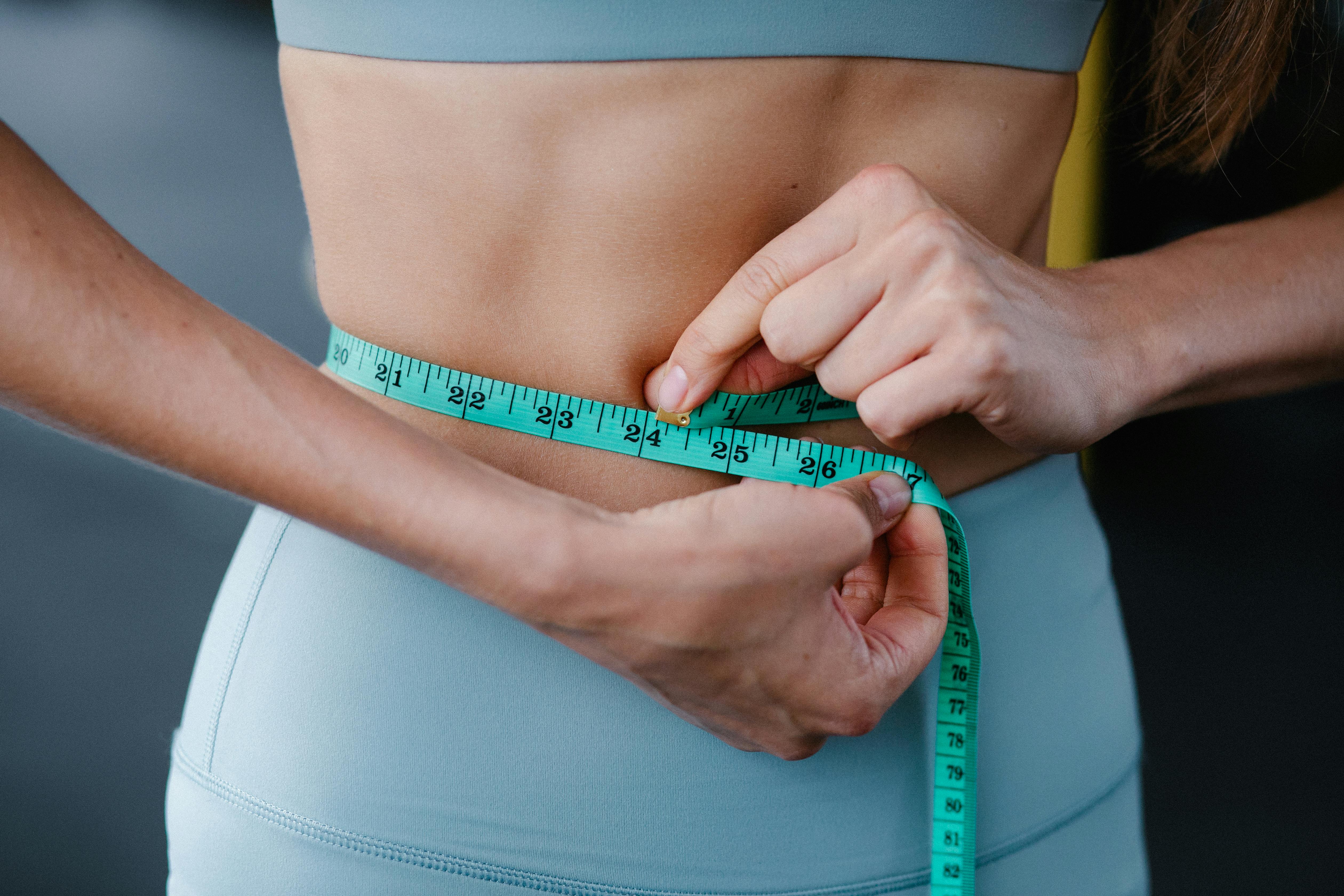






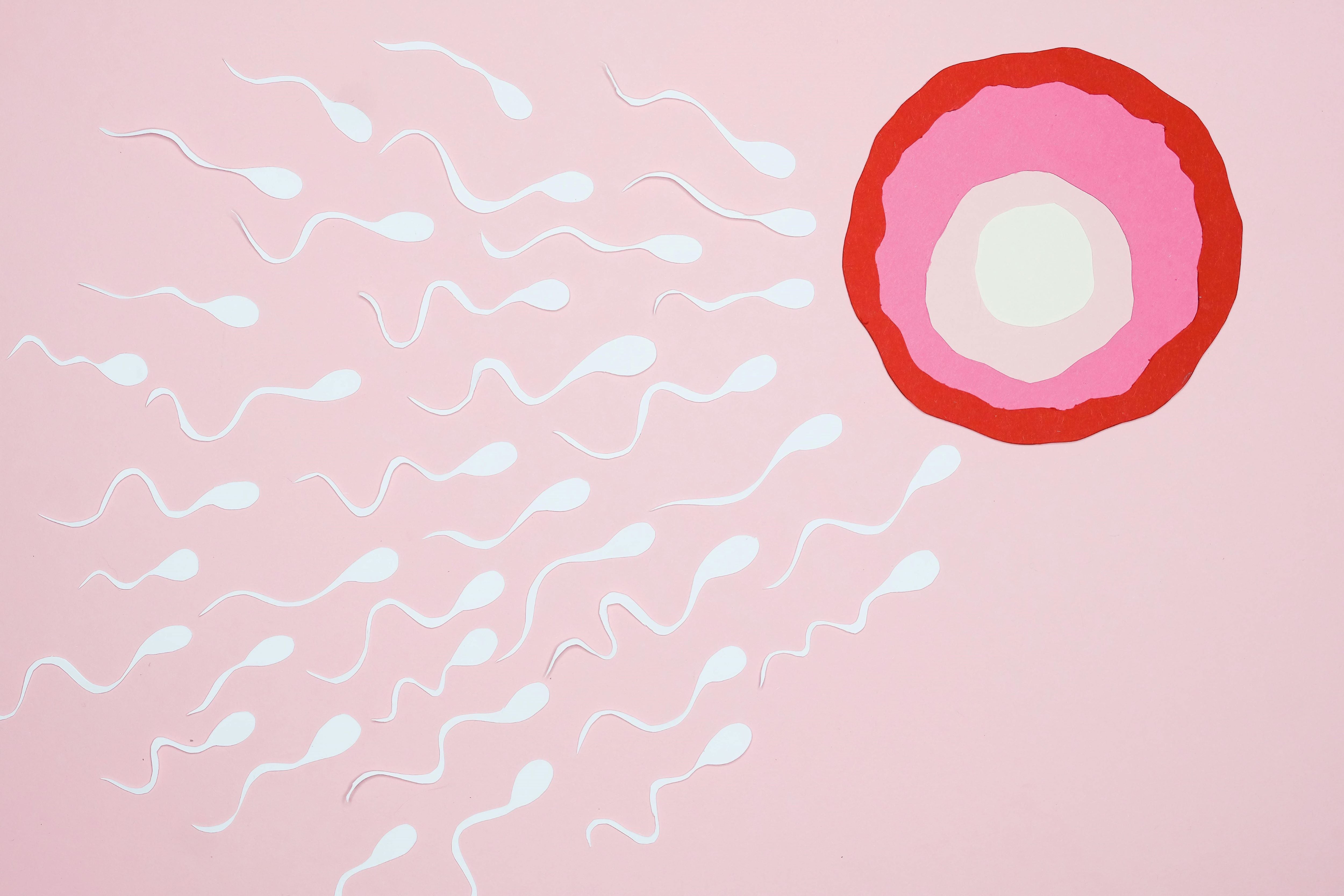
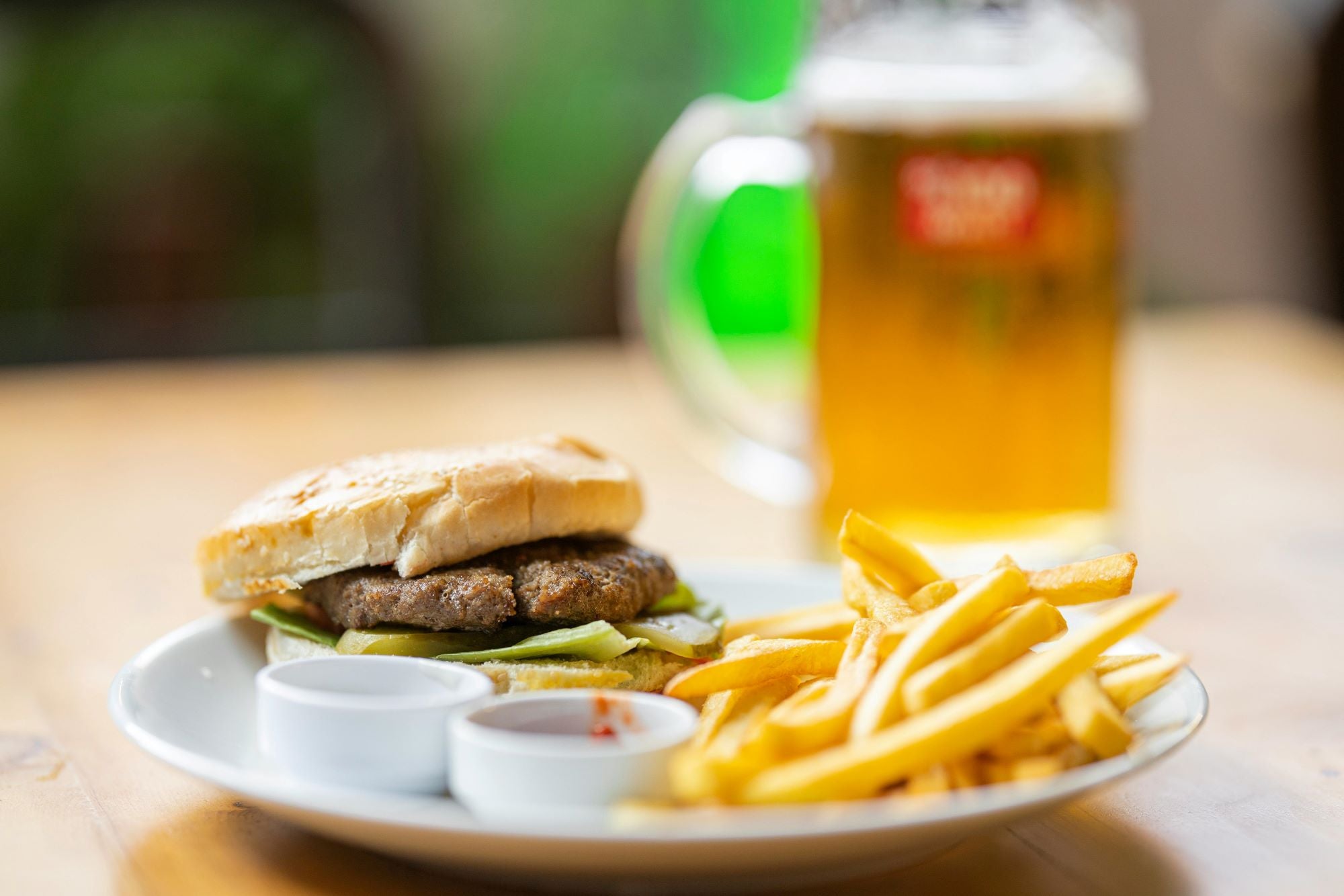
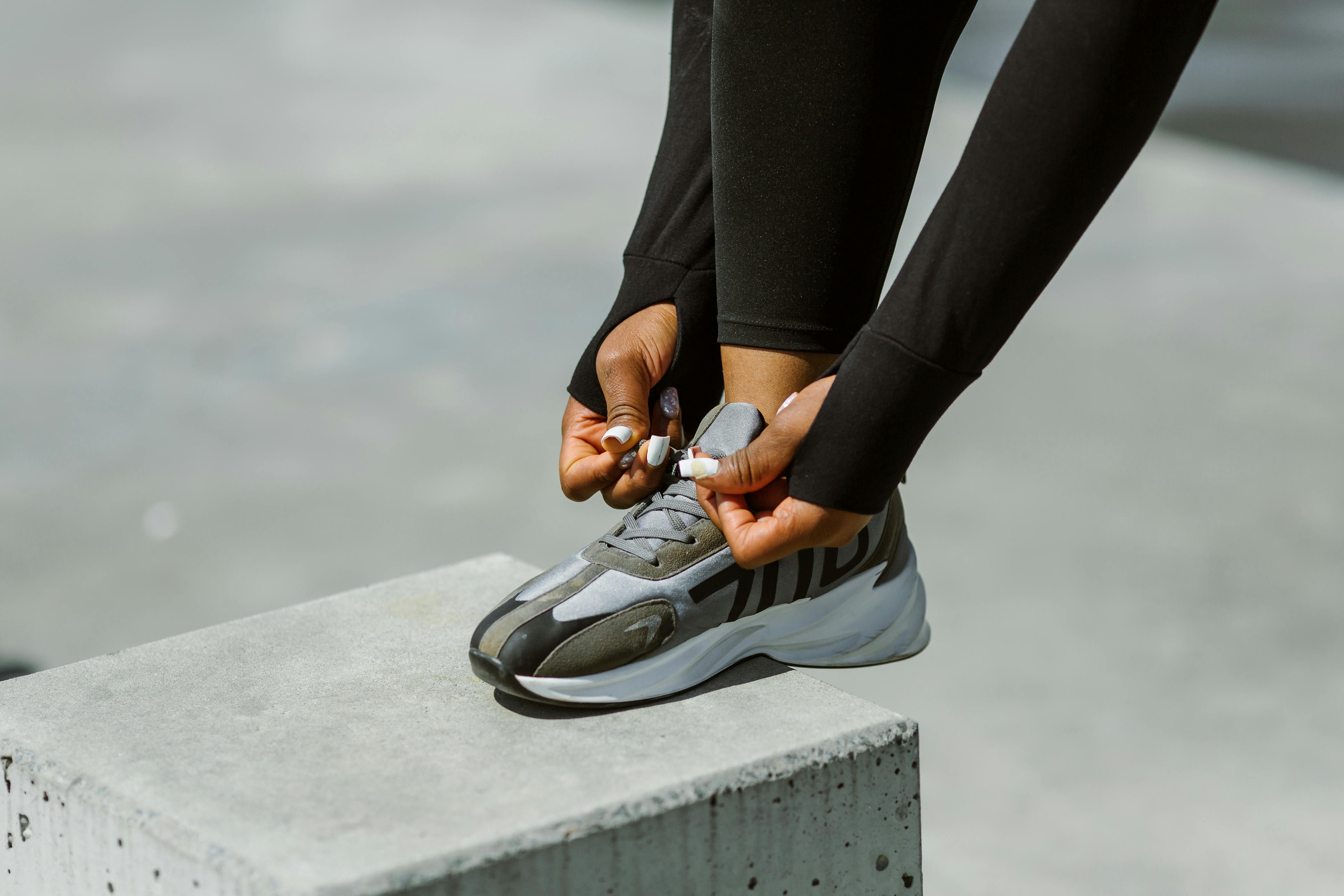


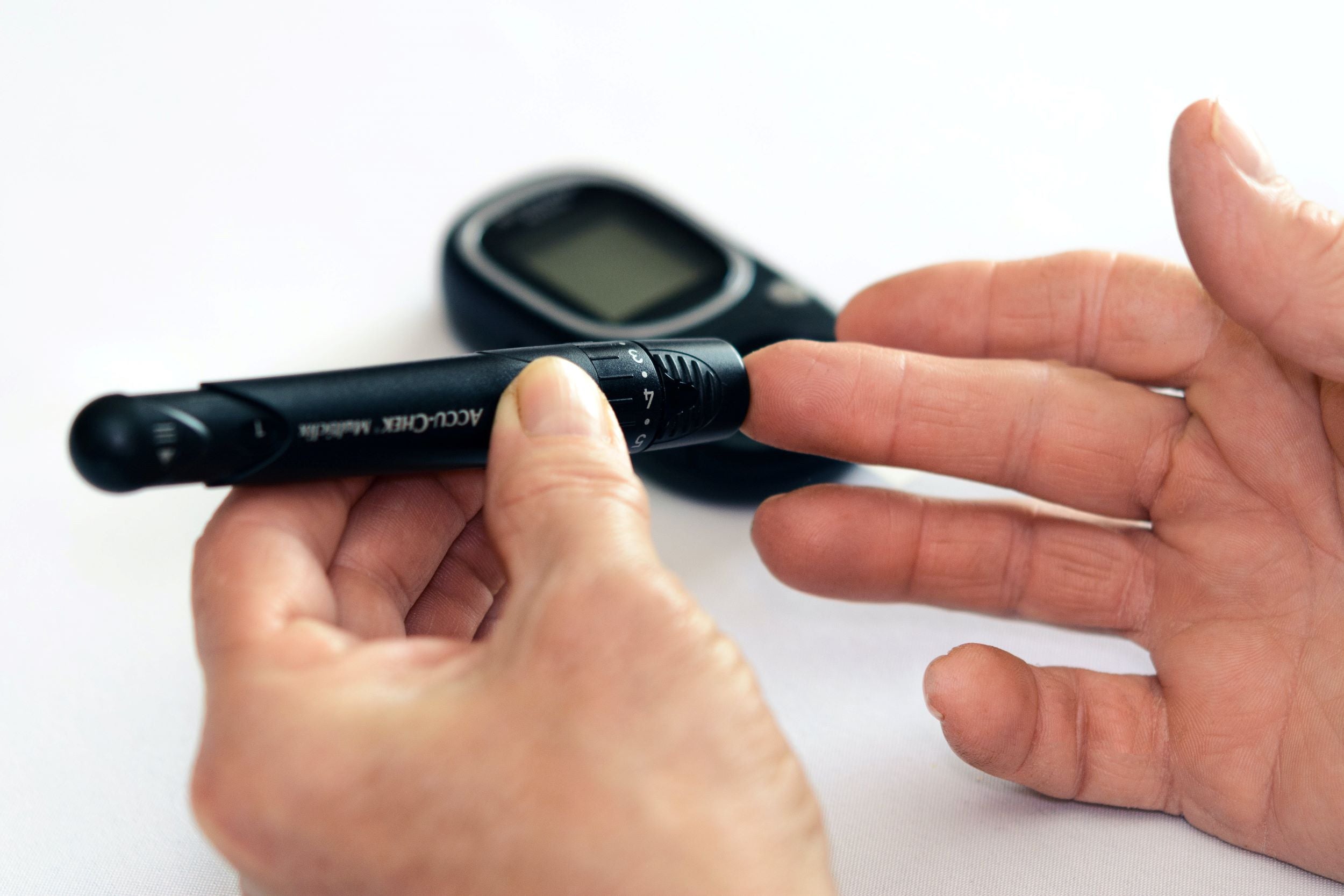
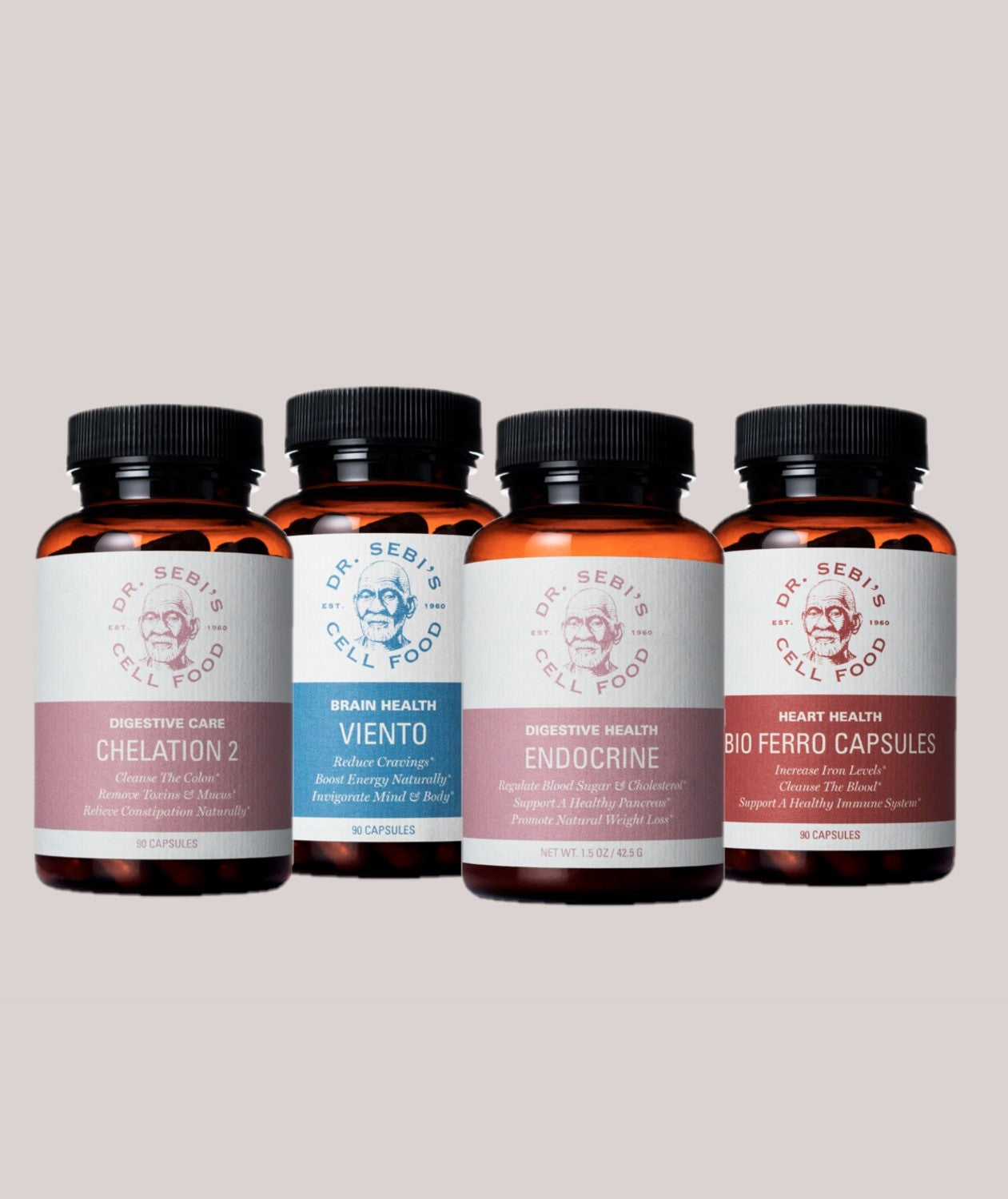

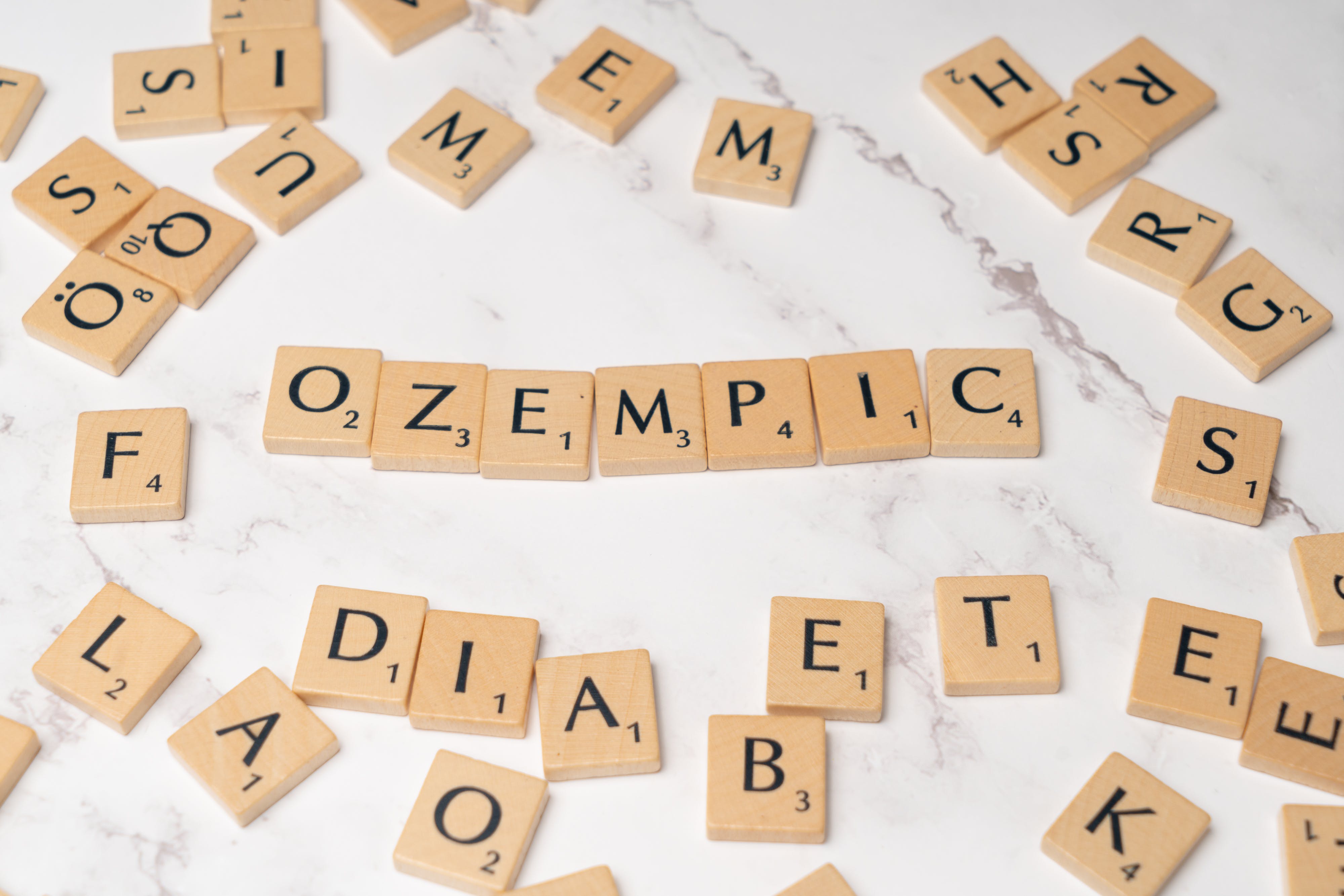
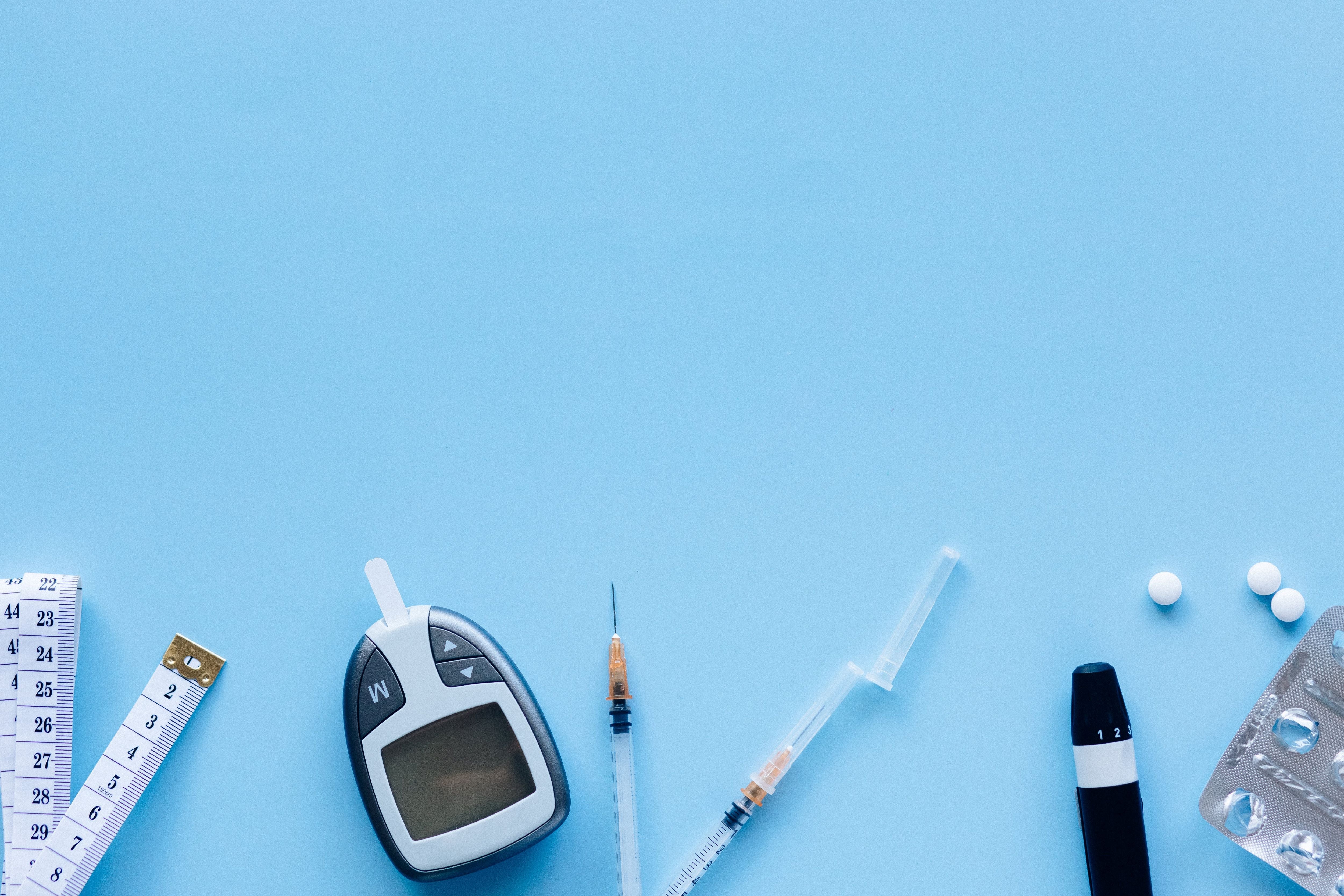


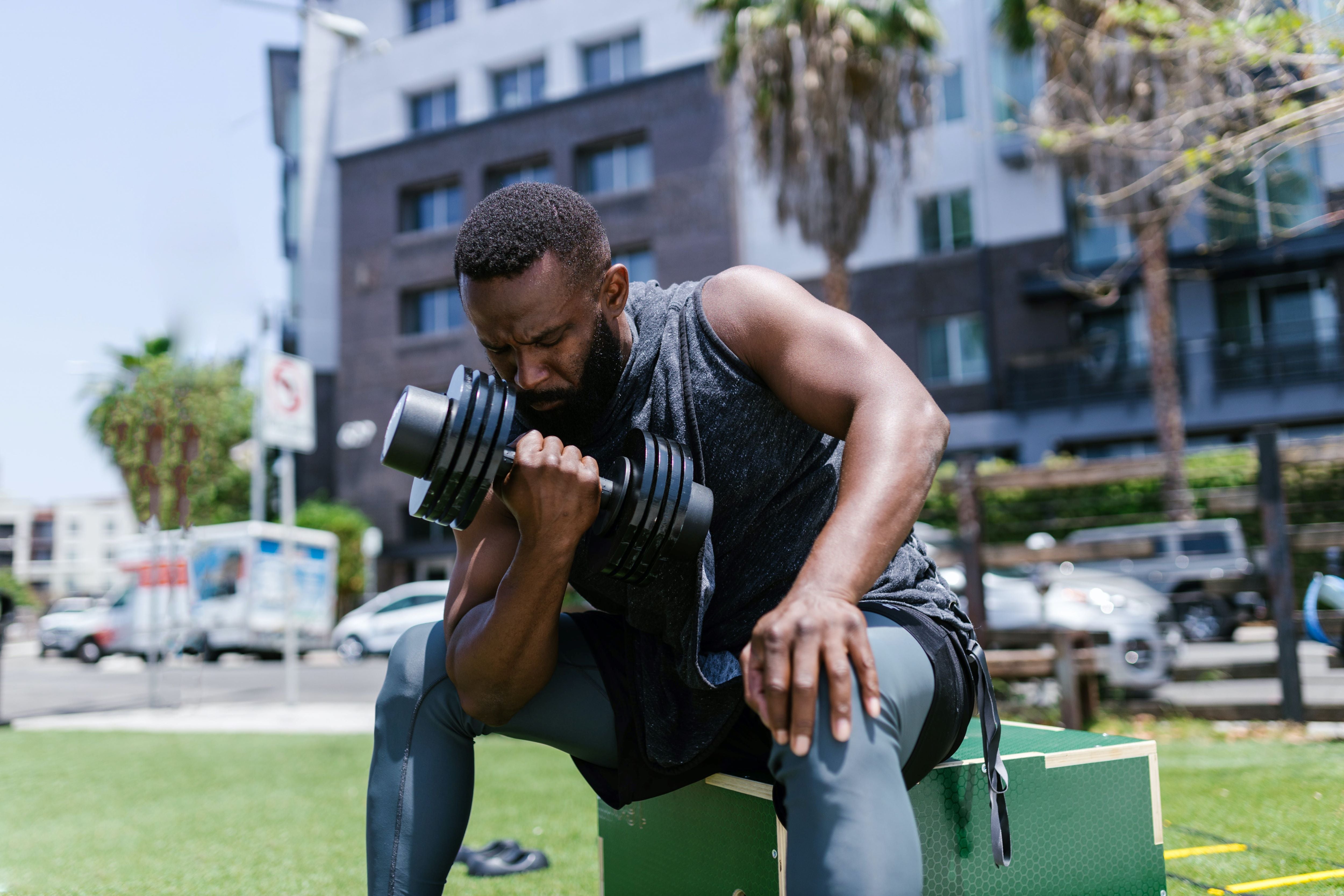


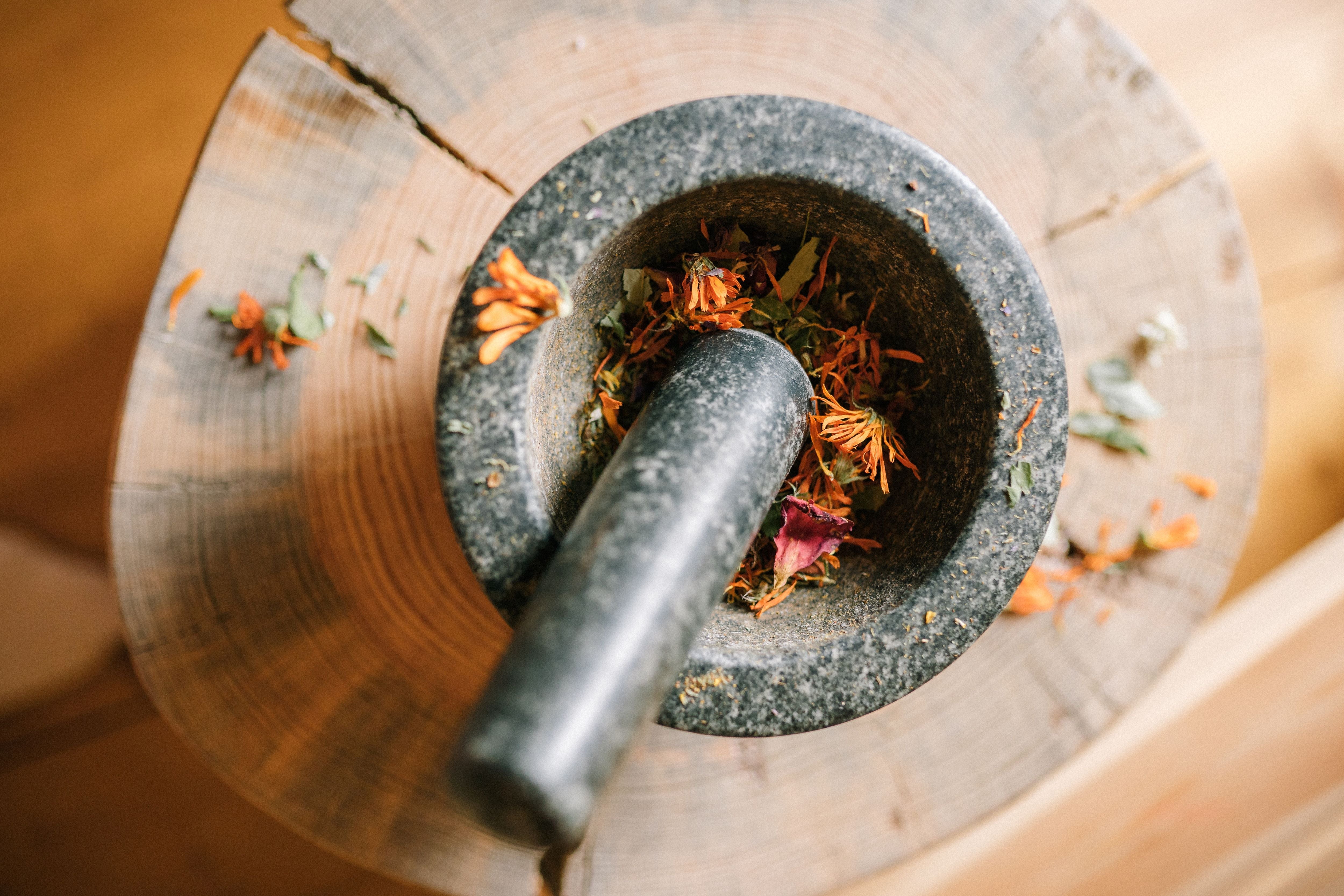



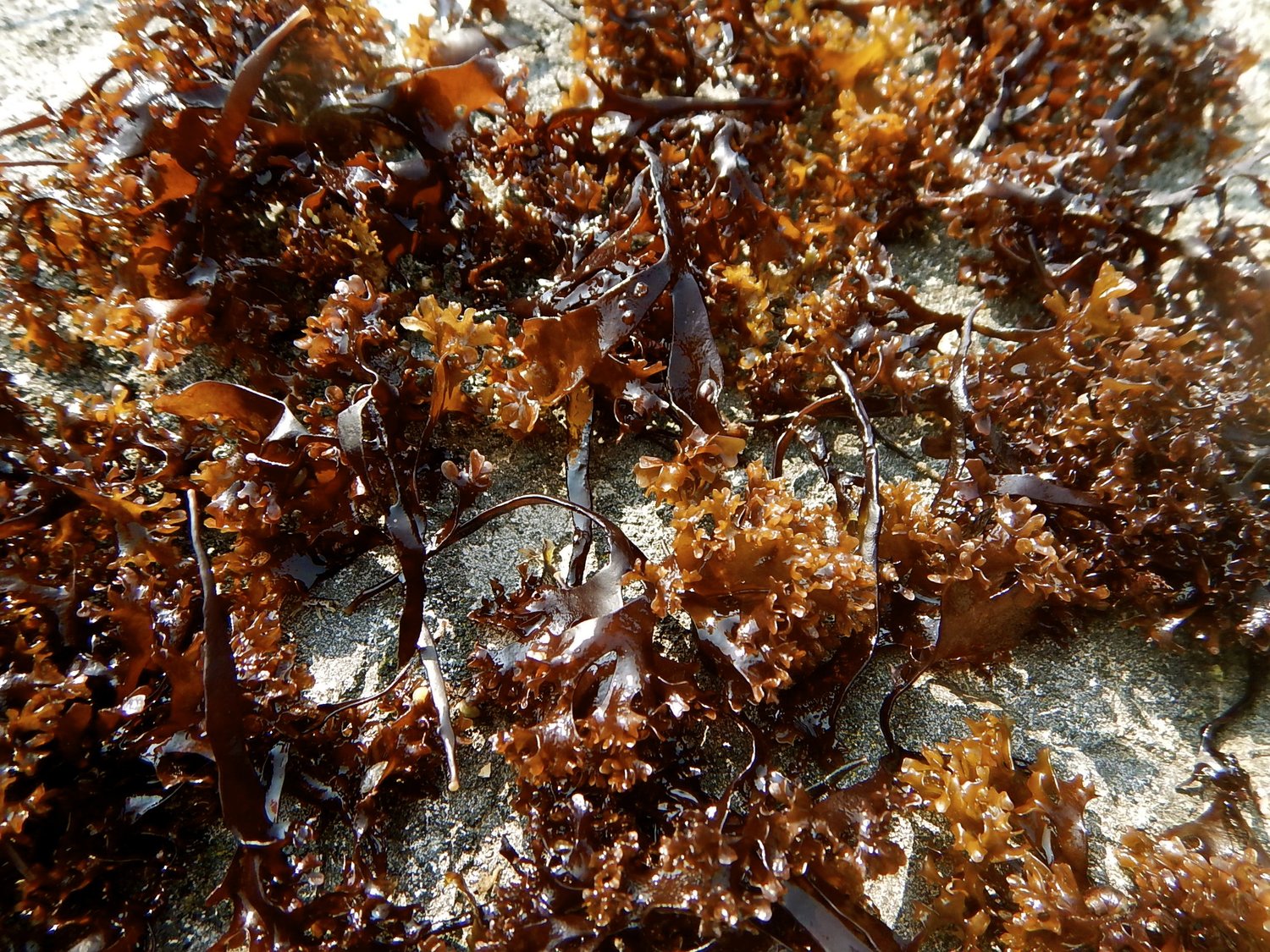

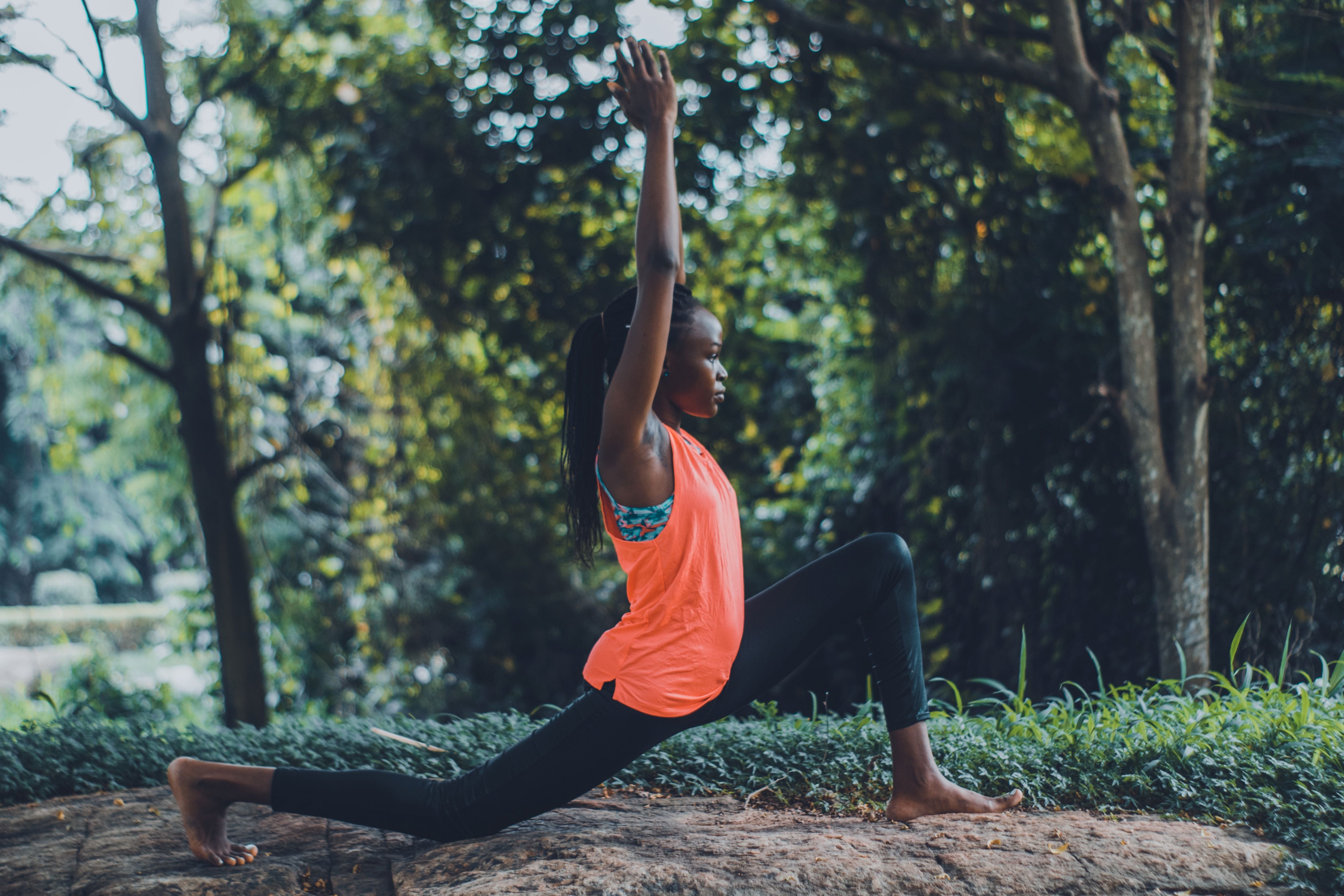
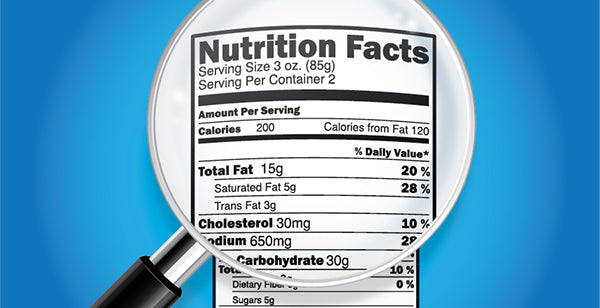
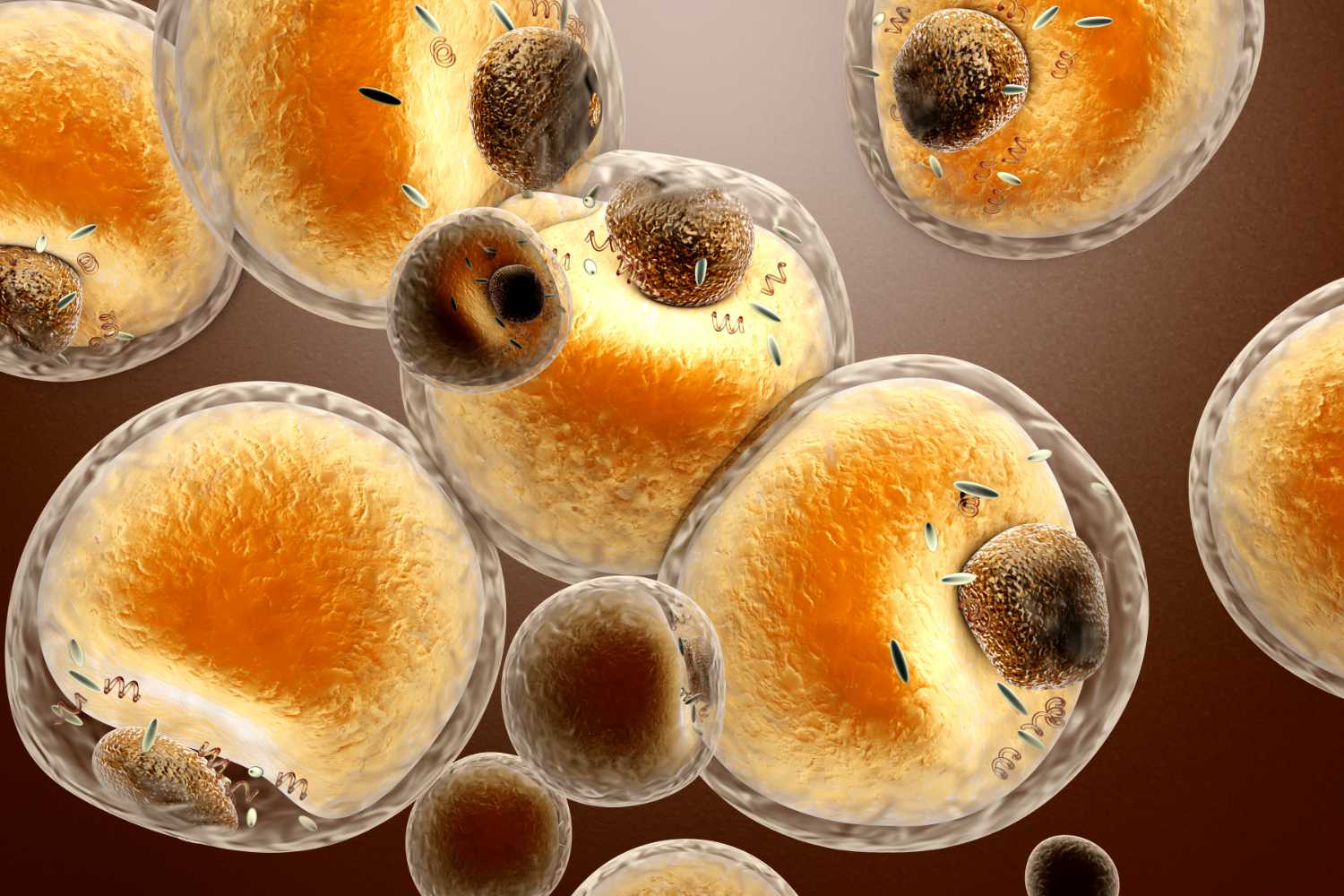
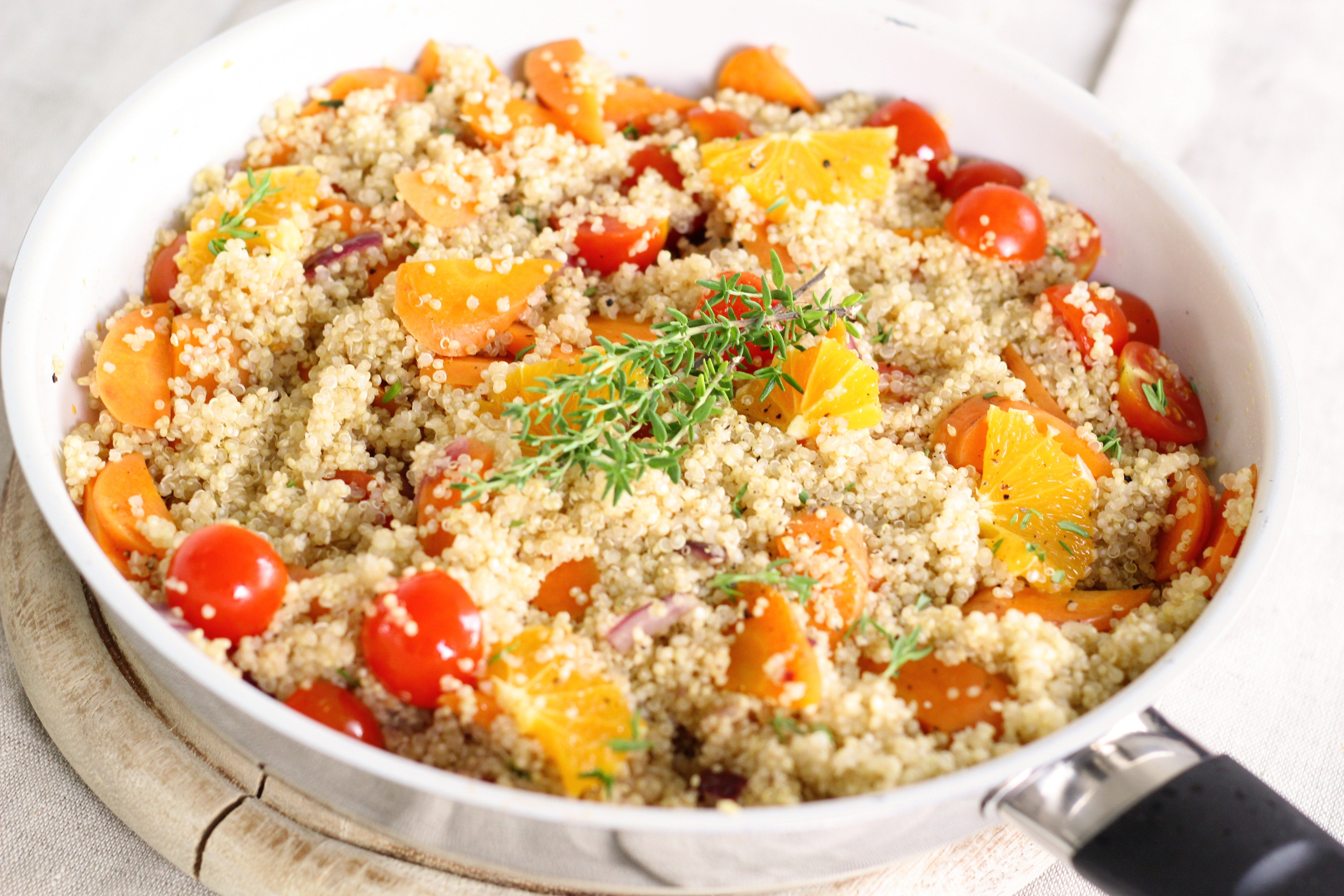
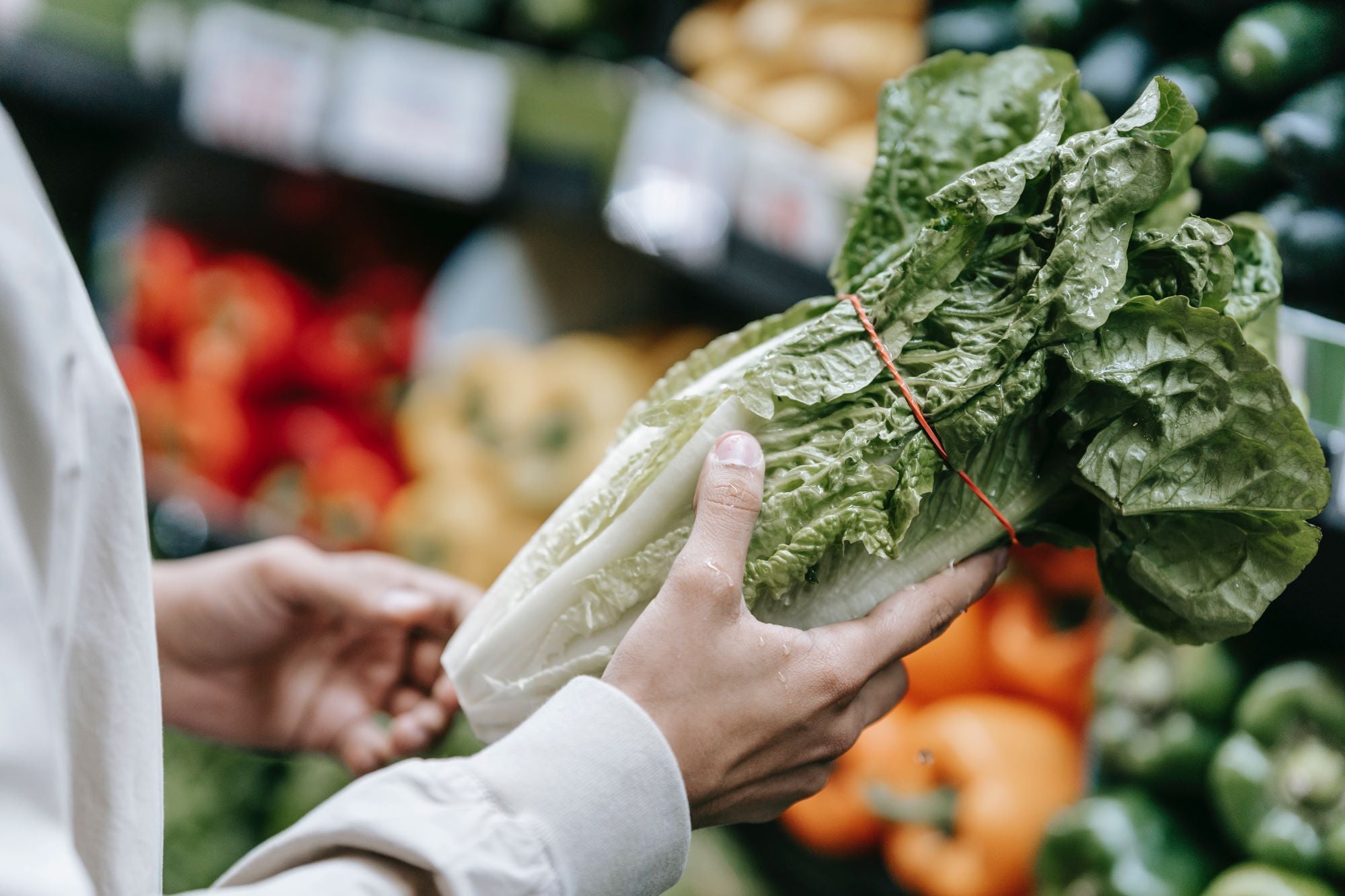
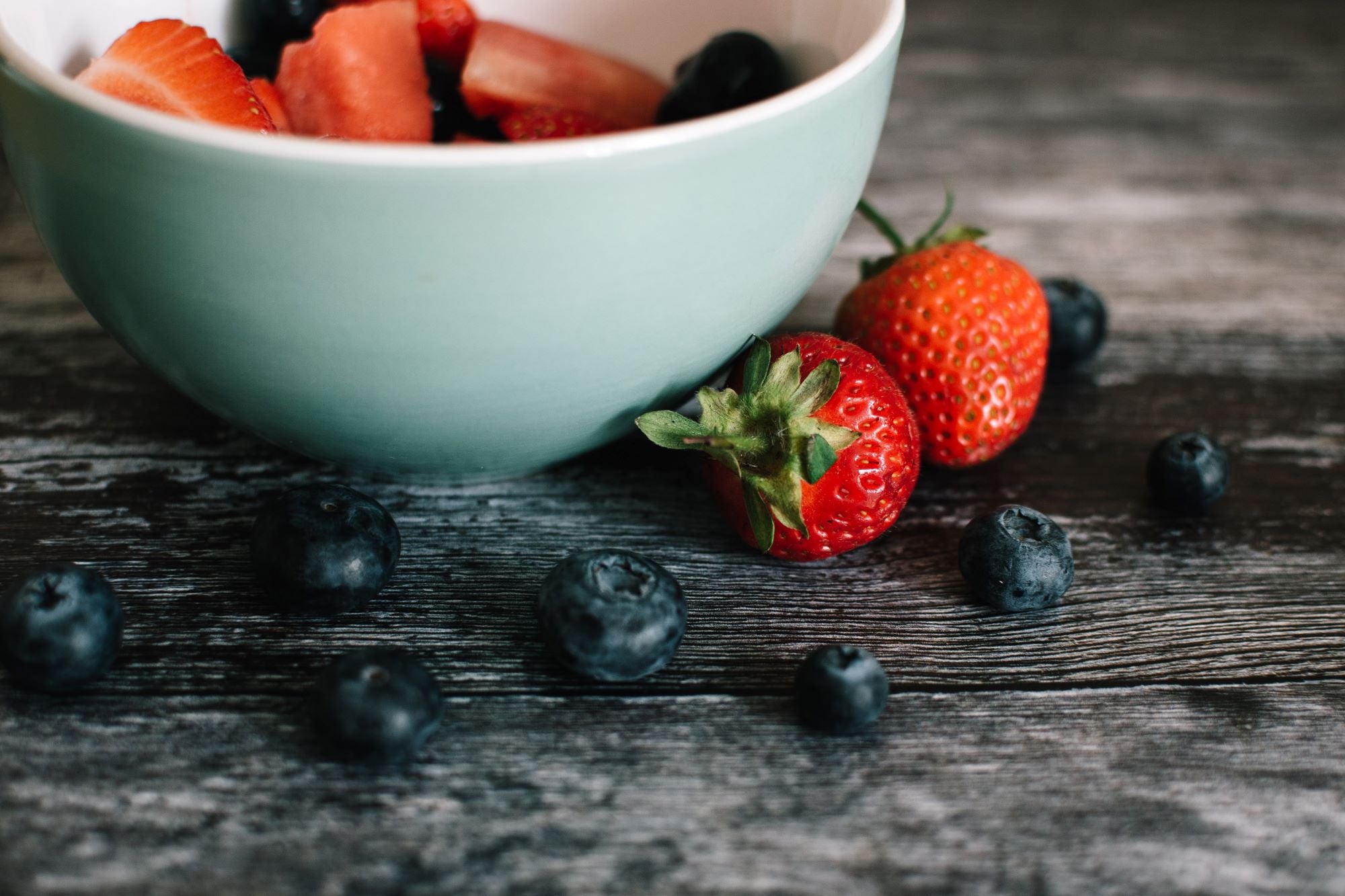
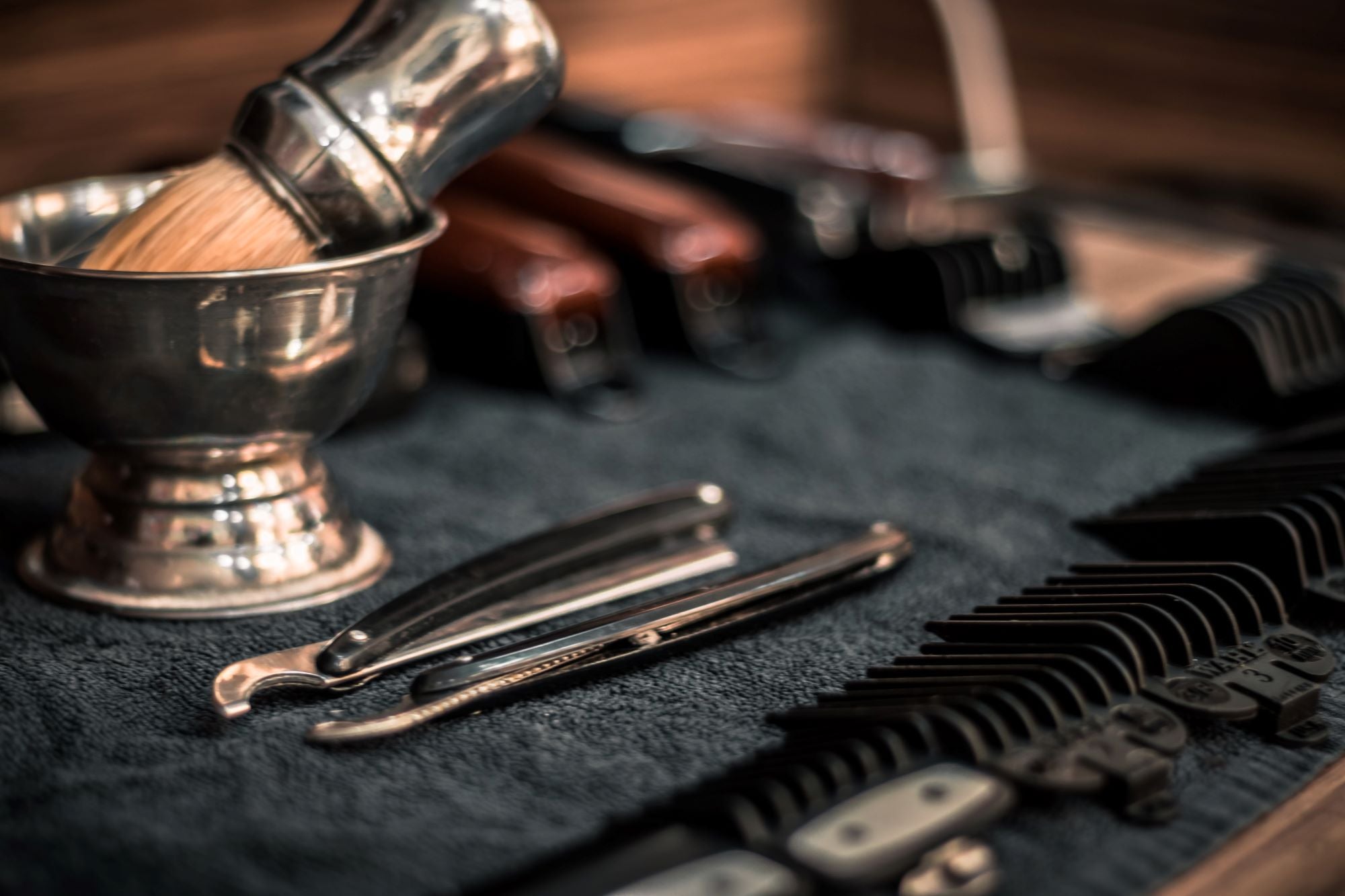
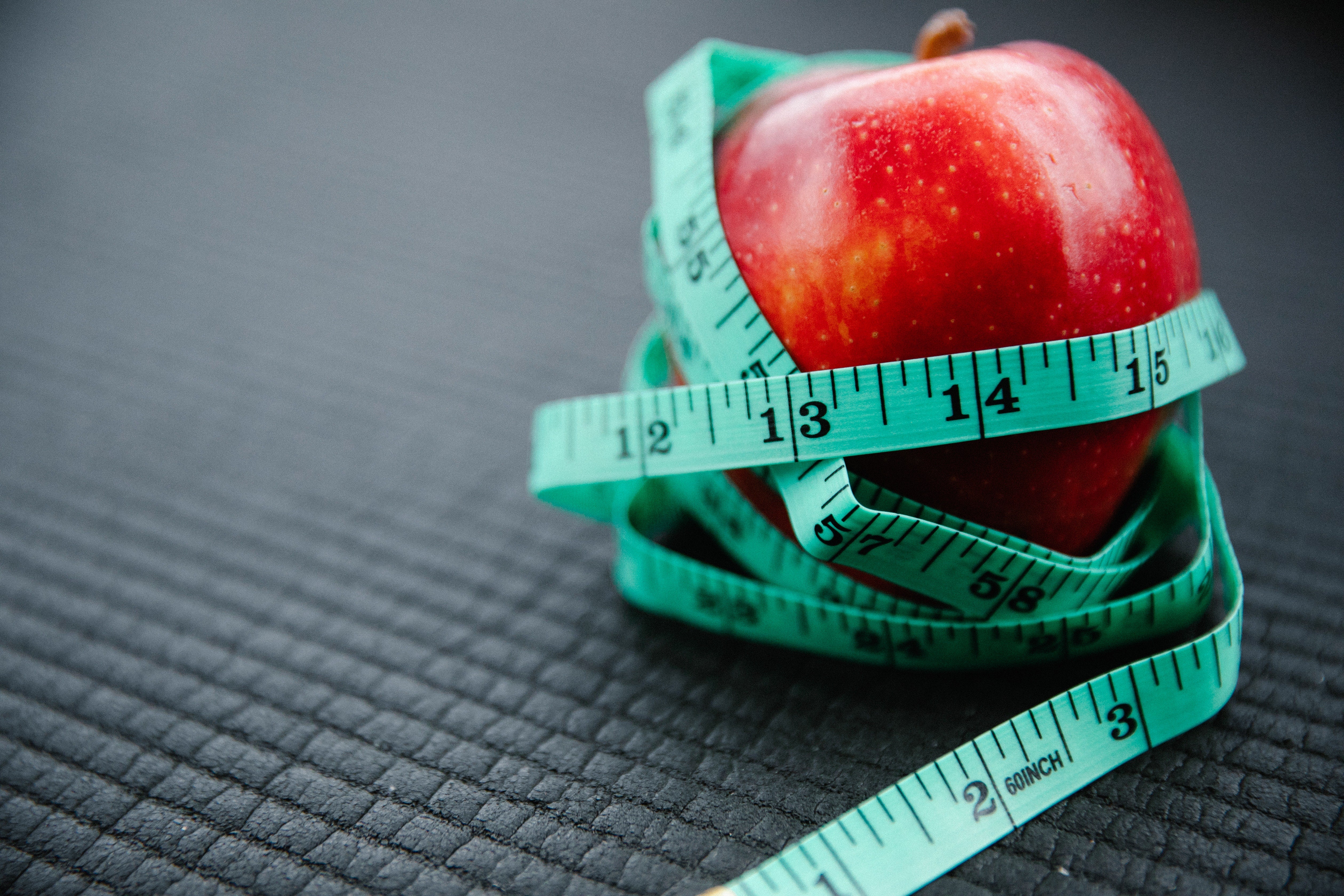
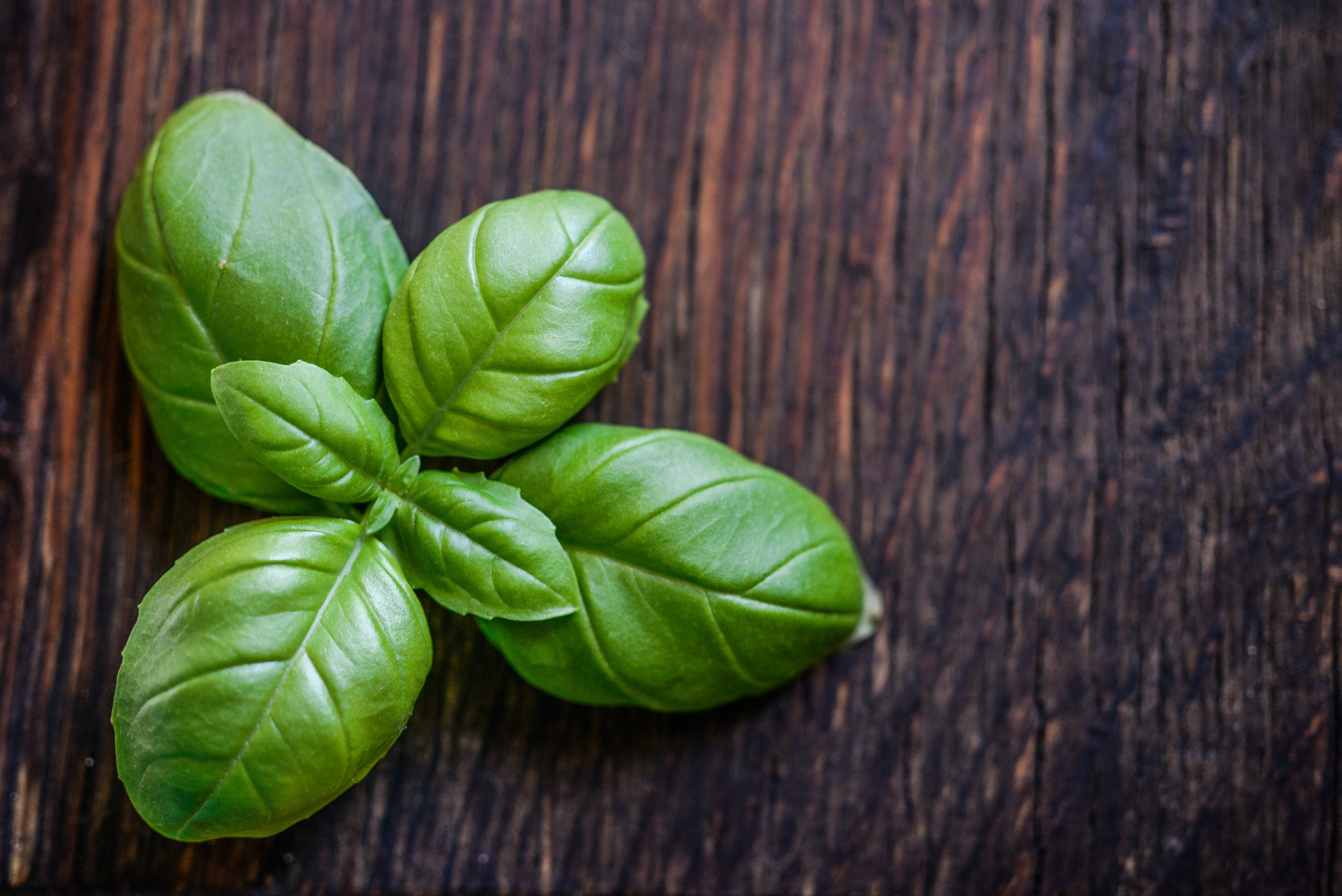

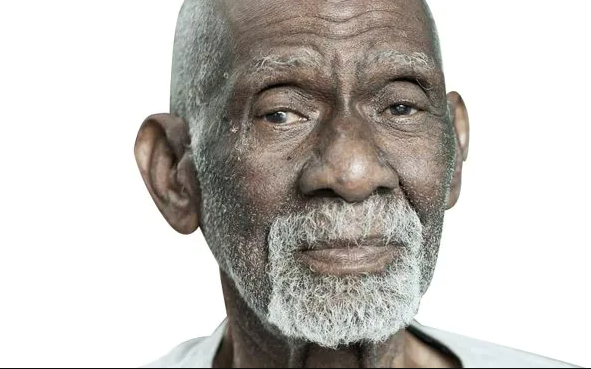

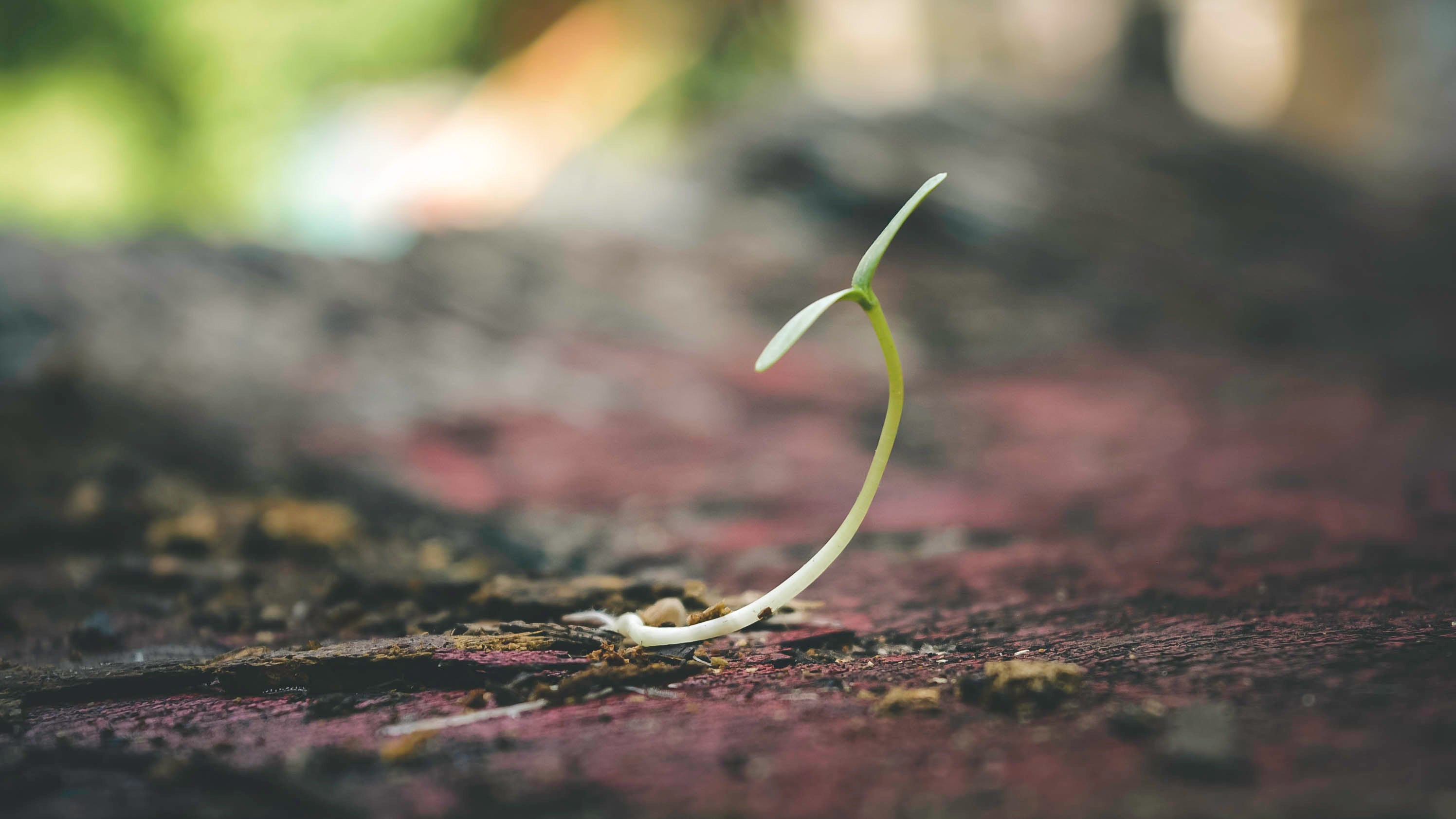

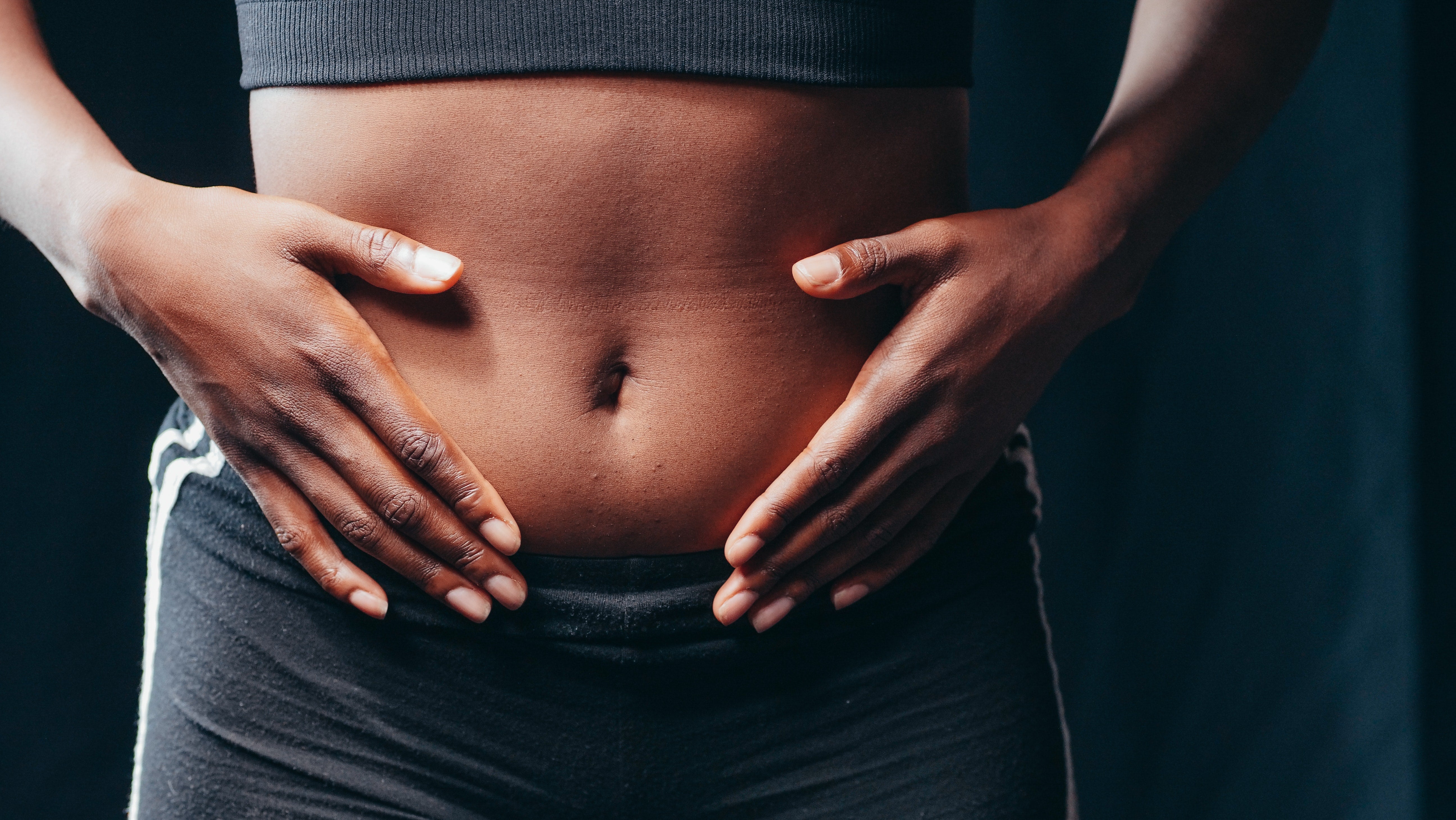

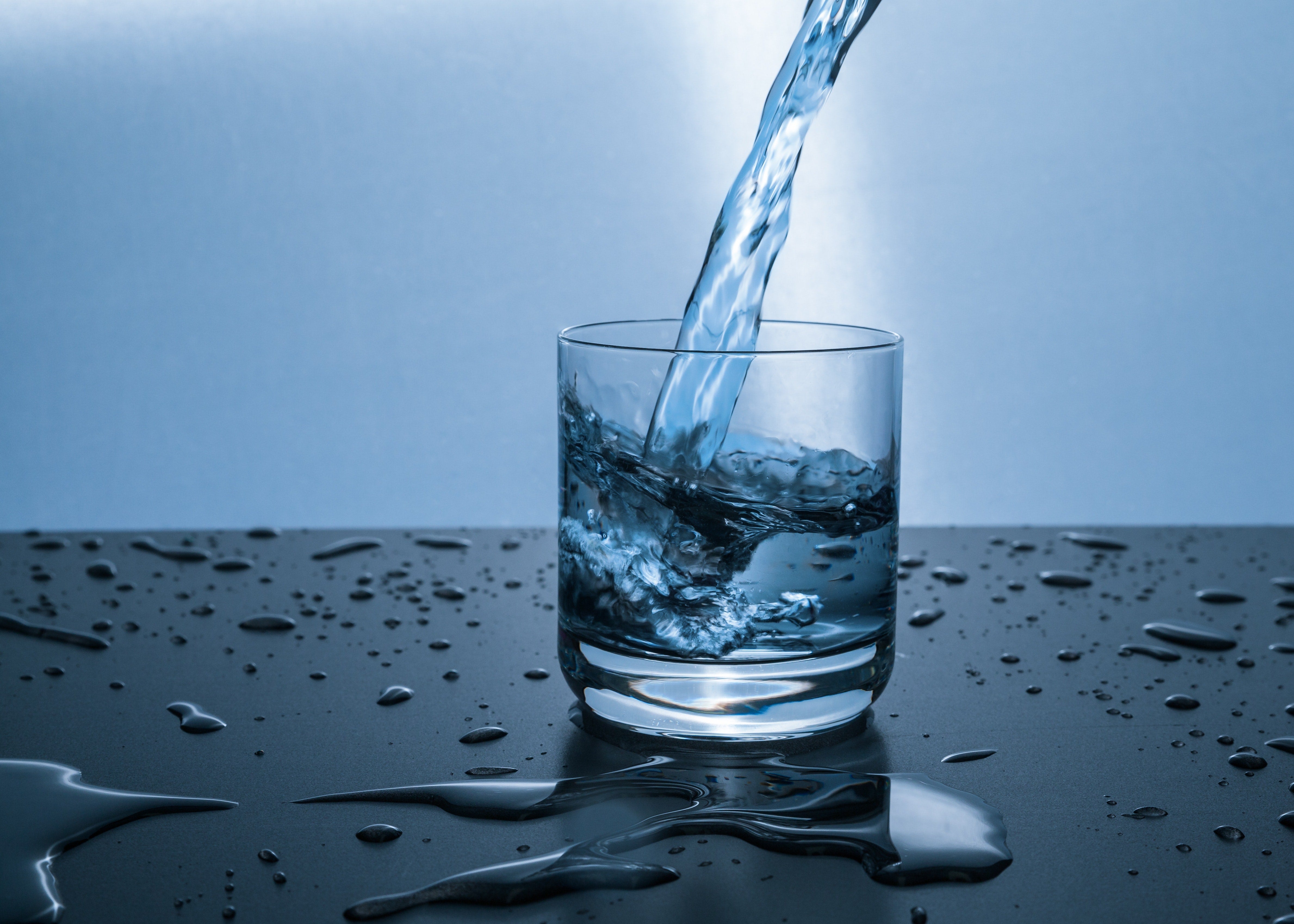
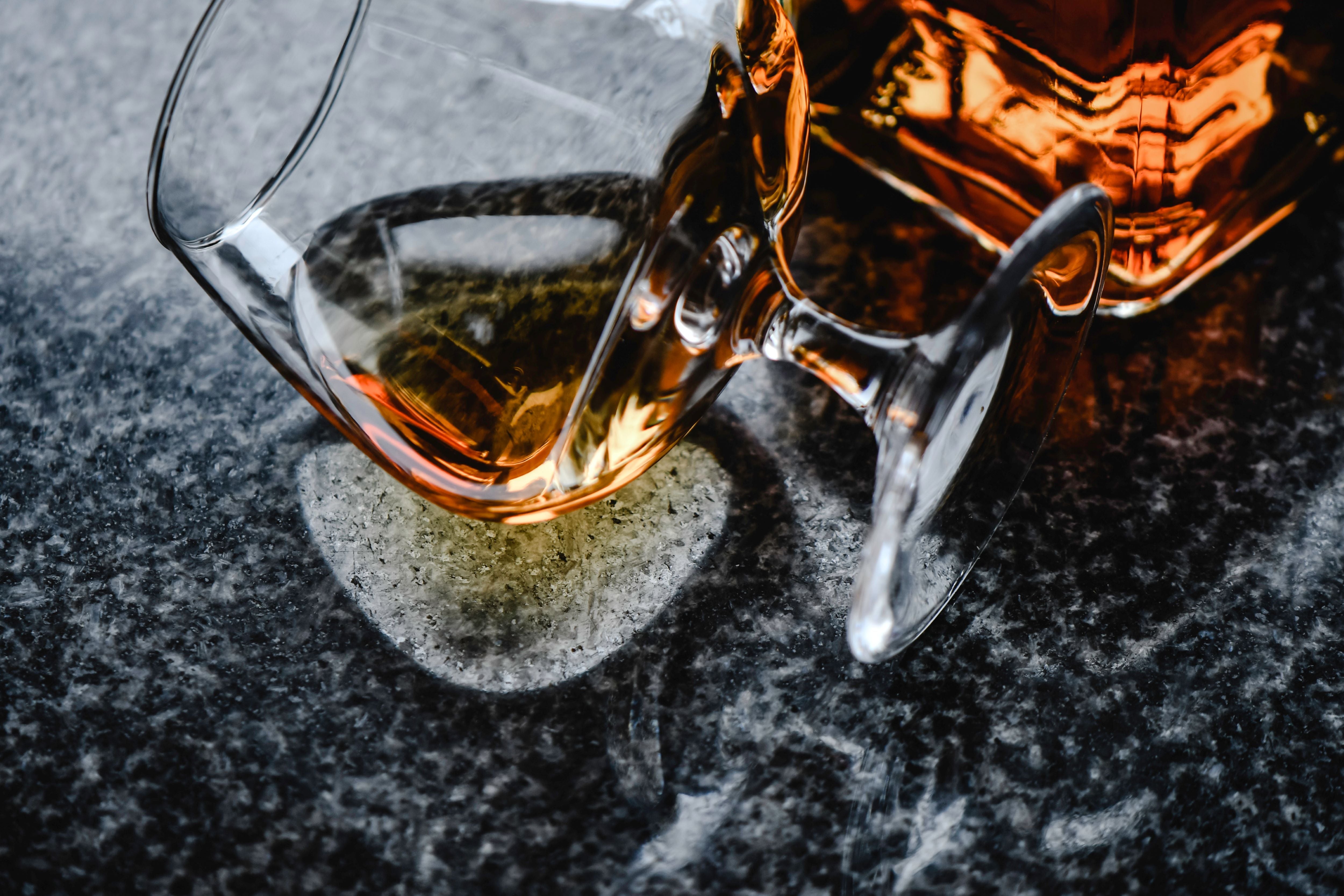
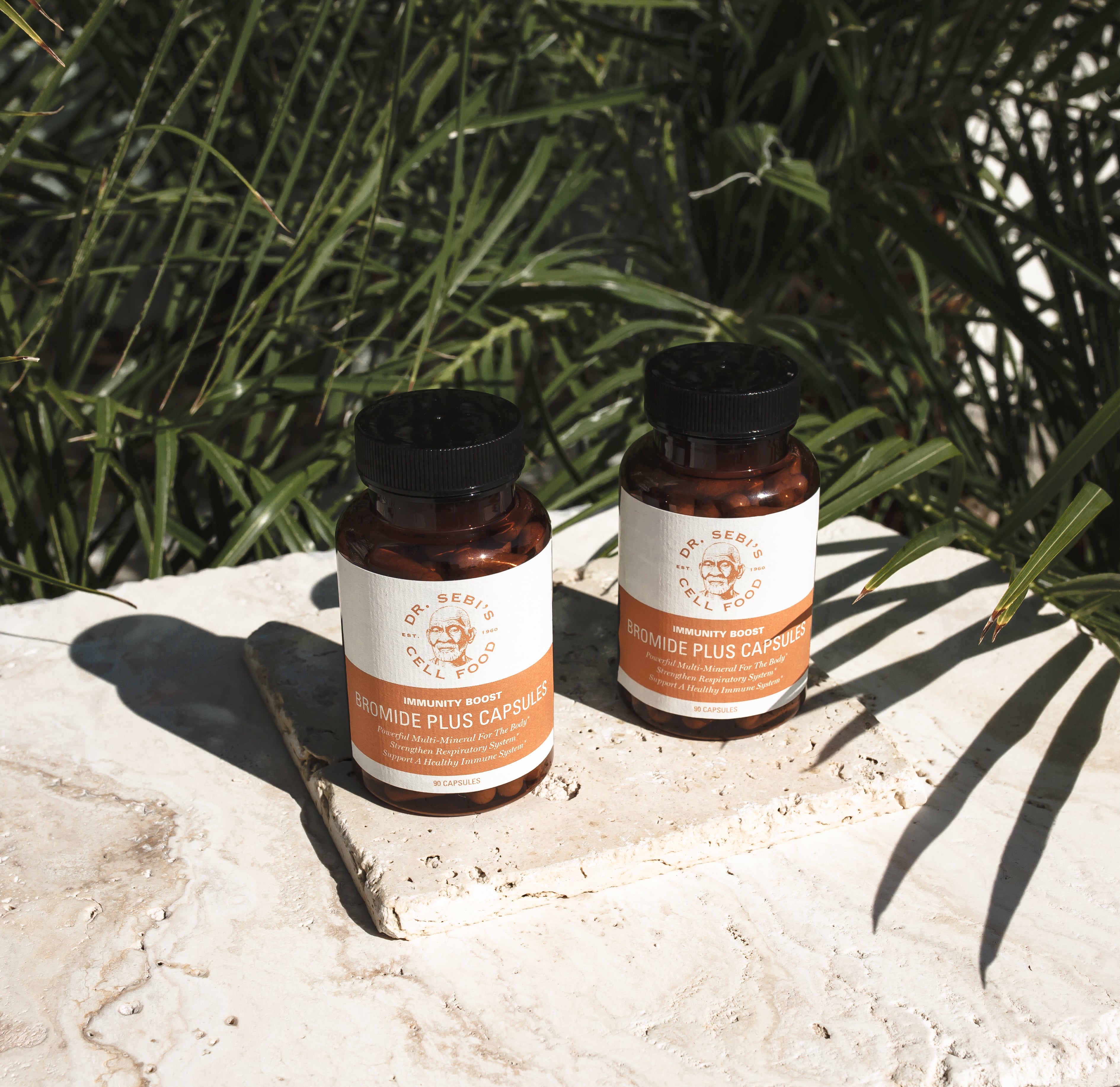

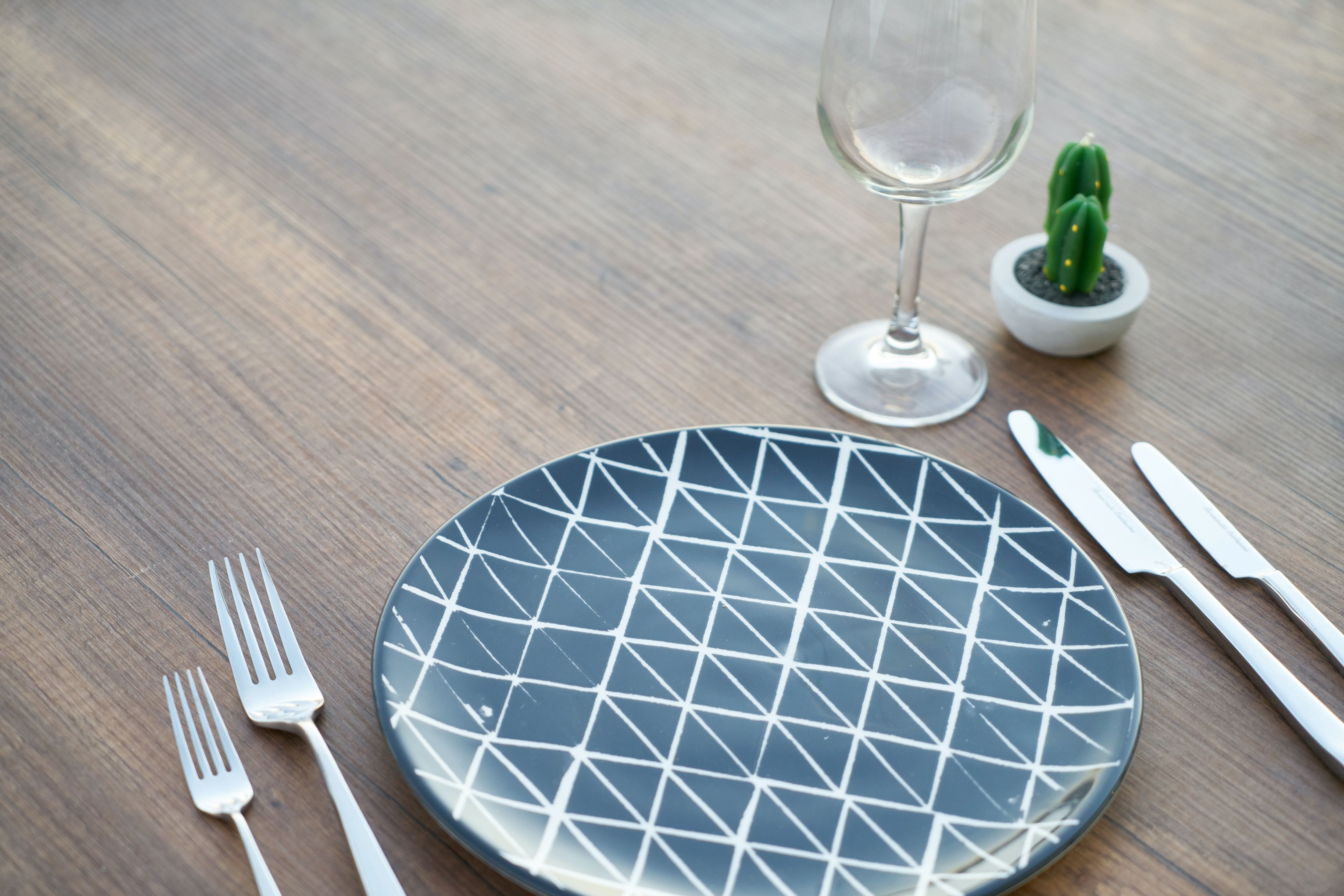

4 comments